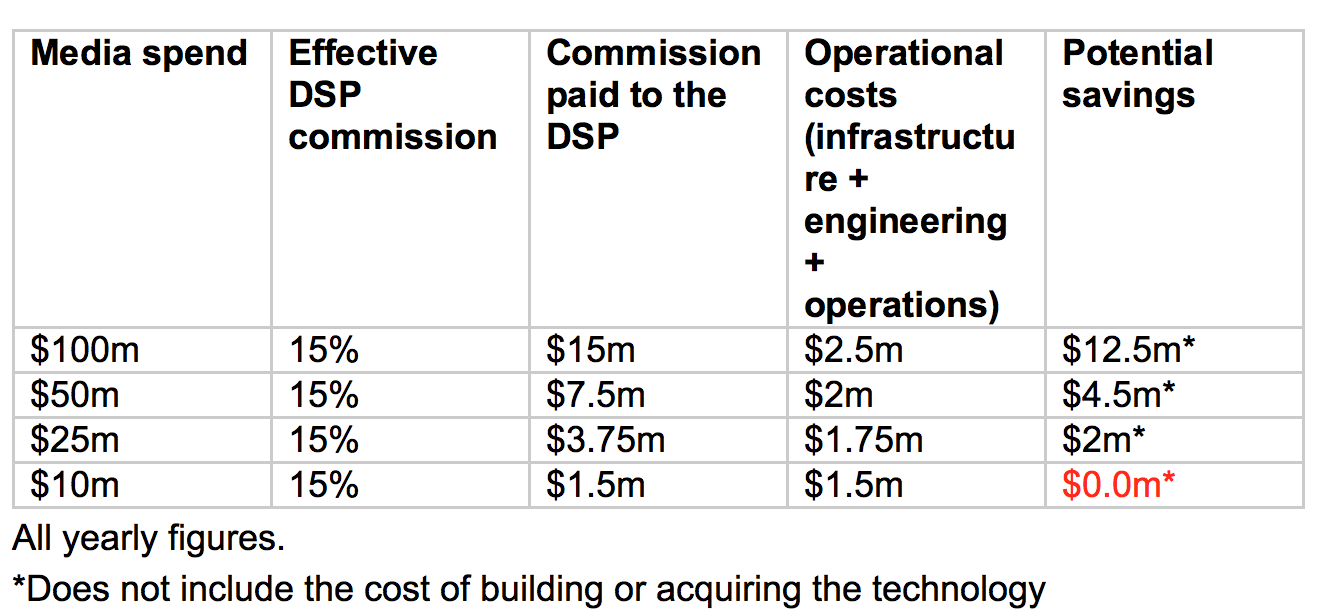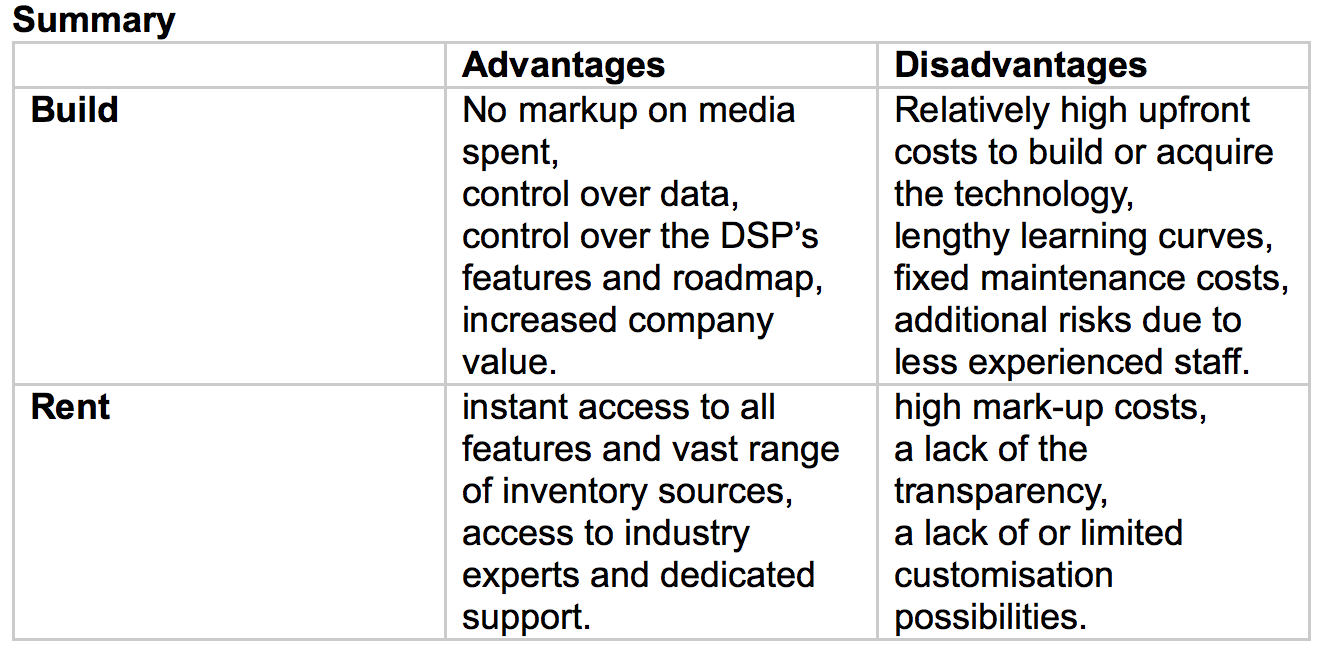Should Agencies Acquire or Build a Technology Stack to Remain Competitive?
by on 11th May 2015 in News

The rise of programmatic advertising has changed the whole online display advertising ecosystem and is shaking up the position of power. In this piece, Maciej Zawadziński, Clearcode, CEO, explores the issues media agencies need to explore before deciding where to place their bets.
Traditionally, ad agencies had the upper hand in media buying; but now the highly effective technology developed and offered by ad tech companies allows advertisers to almost bypass the ad agency – enabling them to avail of lower costs and more direct audience targeting.
This is not to say this is the end game for the traditional digital agency, as their experience, expertise, and creativity cannot be matched by ad tech companies.
However, in order to remain competitive and pull back some of the revenue lost in the move to programmatic buying, as well as position themselves as a serious competitor to ad tech companies, ad agencies need to combine their talents with technology.
Most ad agencies have already made the decision to incorporate programmatic media buying into their client offer, but the question remains: should we keep using our existing technology strategy (specifically renting a demand-side platform, DSP) or should we invest and take our technology in-house?
The decision to build/acquire a DSP, or to rent one (running campaigns through a DSP vendor) comes with many factors to consider. For the most part, it boils down to one question – which option will be the most economically viable?
To answer that question, several areas need to be analysed:
Analysing media spend
Deciding to build or rent a DSP will heavily depend on the amount of money the ad agency spends on media, as financial savings can be made on both.
By building (or acquiring) a DSP, ad agencies can not only save on the markup that would otherwise go to the DSP provider, but they can accurately calculate the exact cost of each media purchase.
Transparency on the cost of media is almost nonexistent in the current display advertising ecosystem and hidden margins can often emerge along the way.
Generally, DSP providers will factor in a mark-up anywhere from 10-30%. However, ad agencies that have a large media budget can receive a much more attractive deal on the DSP’s commission, either through a lowered commission, or a kick-back.
It is also worth noting that adding a DSP to an agency’s technology stack can increase its overall company value, which may greatly benefit even the smallest agency.
DSP Operating Costs
DSPs are highly complex technology platforms and building and running a DSP is not cheap. Apart from the technology investments needed to build one, you can safely assume that the maintenance costs, such as infrastructure, an engineering team, and operations can quickly add up to $1.5-2.5m a year in costs, but it will stay relatively fixed no matter how much media buys you make.
For some ad agencies, these operating costs will make building a DSP not financially feasible.
If, however, the ad agency’s media spent is large enough that they pay the DSP provider much more in commission than it would cost to maintain their own DSP, then the decision to build a DSP would prove to be more viable.
One of the main benefits of renting a DSP is that there is no fixed cost to maintain the platform, which also equals no risk. The ad agency just pays for the markup on media spent and the DSP vendor handles the operating costs.
Technology – Cost of Build & Maintenance
In addition to the operating costs, ad agencies will also need to factor in the time and financial investments associated with having a dedicated technical team.
While hiring a software development company that specialises in advertising technology to build your DSP, or even just acquiring an existing DSP, won’t be too difficult, the ongoing technical support needed to maintain and scale it will prove to be the main challenge.
Keeping up with adding new inventory sources, staying compatible with the newest standards and innovations, developing features required by the ad trafficking team (such as 'on-boarding' specific types of first-party data) are also massive considerations.
Servicing a DSP requires expert knowledge and industry-level experience, and having an inexperienced technical team can result in costly, drawn-out learning curves and the introduction of software bugs, which, in turn, may result in overspending, miscalculated budgets, etc.
On the other hand, building a DSP provides a lot of flexibility in first-party data 'on-boarding' and modelling, allowing ad agencies to implement proprietary trading strategies and optimise algorithms, as well as providing custom features not offered by publicly available DSPs.
Choosing to rent a DSP will potentially eliminate many of the issues and headaches associated with maintaining an in-house DSP. As their core business is the technology, the DSP vendor will have a large team that will constantly be adding new features, improving existing ones, and introducing new inventory sources.
The technicians from the DSP vendor will have more knowledge and experience in building, maintaining and scaling the platform. In addition, because of their comprehensive understanding of the RTB space, the DSP vendor will be able to provide consulting services to help the ad agency improve their campaigns and strategy.
Due to the changing online display advertising ecosystem, and the increase in ad tech vendors, the number of ad agencies switching to in-house DSP technology is certain to increase – but the outcomes and results are still an unknown. The reality is that agencies with huge programmatic spend cannot remain a service layer without proprietary technology for much longer.
Ad TechAgencyDataDigital MarketingDSPEMEATrading










Follow ExchangeWire